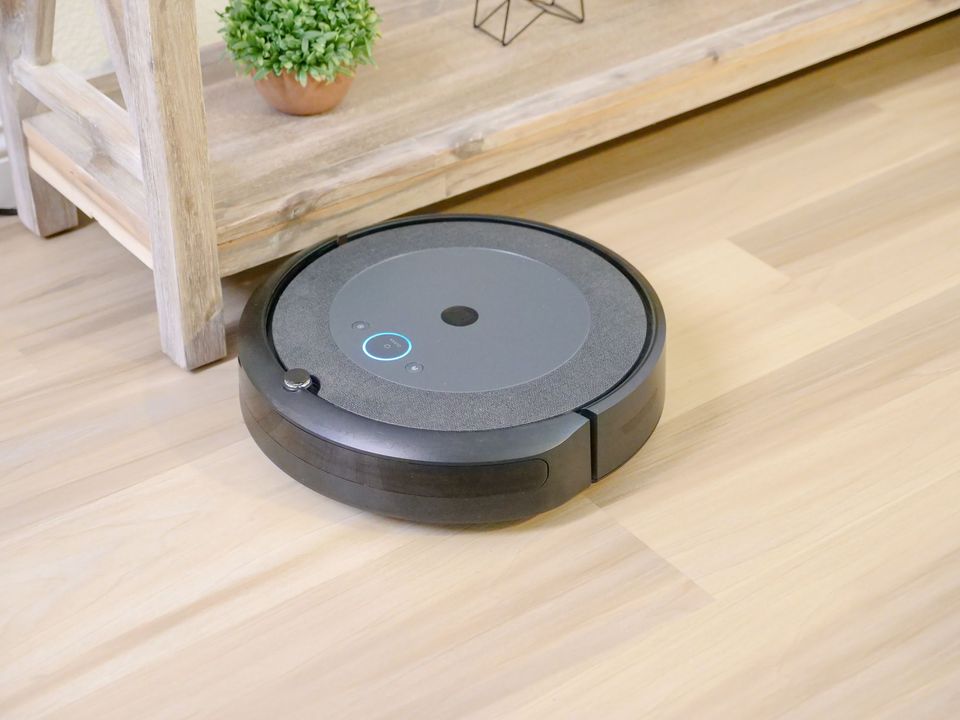🦀 Issue 152 - Autonomics? Automatic.

Did someone forward this to you? They're pretty swell. Get this every week, here.
You probably haven’t thought about this stuff since school, or at least since that one con-ed course that you swore you’d read the notes on later but you actually never did and now you wonder if it was just a waste of time. Not that I’ve done that myself or anything. Anyway, we’re talking about autonomics, which aren’t automatically an automatized element that you feel you can have autonomy to autoanalyze. But anyway again, we’re going to be working on the autonomic nervous system and some things that you should know about it.
Special thanks in this one to Joe P., who sent me a lot of good ideas. Thanks Joe! If you’re interested in anything specific, do indeed get in touch and lmk. Luke@PTCrab.org or go to the site and leave a comment on this article.
So let’s look into three separate articles, one about exercise intolerance post-concussion and POTS, another about cervical autonomic dysfunction, and a third, viewpoint piece about guiding principles for integrative care in PT. That is, if you’re a King Crab supporter. If not, check out this one article about concussion and POTS, and consider becoming a supporter to get 3x as much, every week.
Enjoy!
Concussive POTS
The Gist - POTS can complicate recovery from concussion, that’s postural orthostatic tachycardia syndrome, in case you were wondering. It can present subtly post-concussion and be mistaken for anxiety, conversion disorder, or lack of motivation for recovery, according to the paper. So let’s talk through the features of POTS that can arise post-concussion and see what we can do about them.
First off, POTS is characterized by variable, complex symptoms upon standing. 1-3 million Americans have POTS and it’s more common in women, at a 4.5:1 ratio. Symptoms include “dizziness, headache, nausea, visceral pain, heaviness of the extremities, reduced mental clarity, and generalized fatigue.” It’s not often associated with concussion in our minds, but 11% of patients in one large database had a concussive event shortly before experiencing POTS symptoms and we’ve barely begun to look into this link.
First, let’s talk review of systems: look into HR, RR, BP, and edema. Note any colored skin. Inquire about neuropathy, inquire about LOC events or cognitive changes. That’s quite basic, yes. And if you see these signs, also look into orthostatic testing which requires 10 minutes of supine rest, then measures of HR and BP immediately before standing and after 3, 5, 7, and 10 minutes of standing while monitoring for dizziness, nausea, headache, and the like. If this doesn’t go well for the patient, the paper says that it’s time to refer to further autonomic testing. POTS is associated with poor concussion recovery, so it may be worth checking prognostically, just saying. That’s already a lot, this paper is dense, let’s move on.
POTS is also a common concomitant with EDS, which we’ve covered here, here, and here in the past too, so check those out for more.
Tell Me More - Exercise training with POTS can be tough, but fortunately there’s an app for that. I mean, there probably is but at least there’s a protocol lead out in this paper designed by the Children’s Hospital of Philadelphia. I’m not gonna do details now but do check out the CHOP POTS Exercise Program.
The reason why it’s necessary is that POTS can cause exercise intolerance. I’m sure you can imagine how, since it’s a problem with heart rate adaptation (amongst other things). Since exercise training is very important for concussion recovery, you’ve got yourself a catch-22 there. Also, if you haven’t read Catch-22 (or seen the Hulu series) it’s well worth your time. But anyway.
One really big thing to keep your eye on is POTS as a clue toward bigger problems.
In some individuals, including those with postconcussive onset of POTS symptoms, POTS may be the consequence of an autoimmune mediated autonomic neuropathy, which may require treatment targeted to the autoimmune condition in addition to exercise and other standard POTS treatments. A study of 100 consecutive patients with POTS found that 31% of patients had 1 or more antibody markers and 20% had comorbid autoimmune disorders such as Hashimoto’s thyroiditis, rheumatoid arthritis, or systemic lupus erythematosus.
It can also be associated with chronic fatigue, which we’ve discussed before. Details on that here.
Overall, watch out for dysautonomia after a concussion, okay? And then check out this paper for details.
Paper? Gots it.
Thanks for sticking around with a different topic this week and if you want more, do indeed upgrade your subscription. I think you’ll appreciate the extras. I hope you can make use of it. With that, bye!






Comments
Want to leave a comment and discuss this with your fellow PTs? Join PT Crab and get summarized PT research in your inbox, every week.